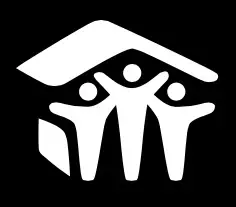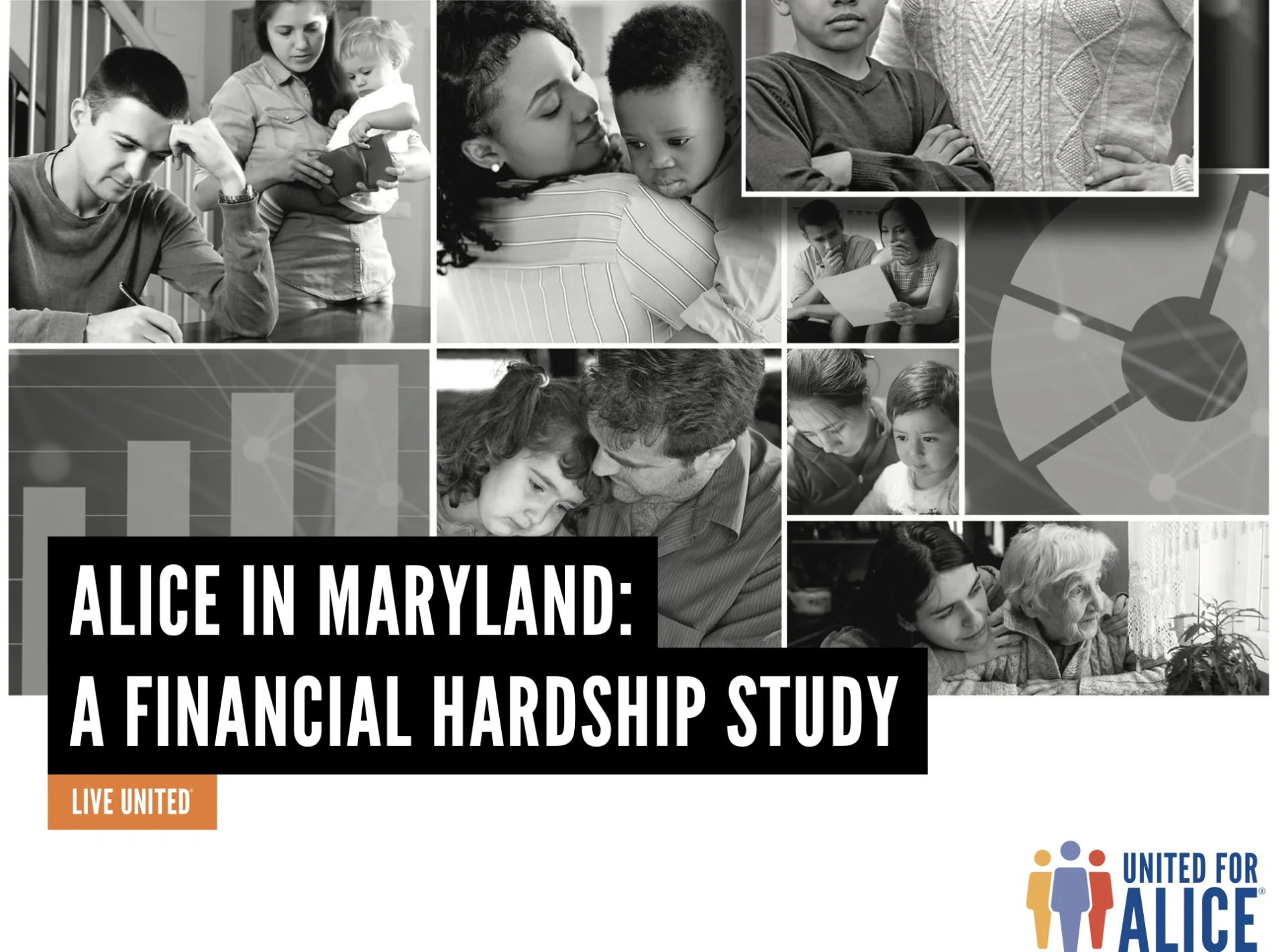“Housing instability — including frequent moves, overcrowding, and the threat of eviction or foreclosure — creates stress, depression and hopelessness for far too many families. Adults living in housing that they struggle to afford often describe themselves as less healthy, and the well-being and development of millions of children is compromised by living in insecure housing. Families paying too high a percentage of their income for housing often find themselves making impossible choices.
Rent or health care? Food or transportation?”

Habitat for Humanity website






